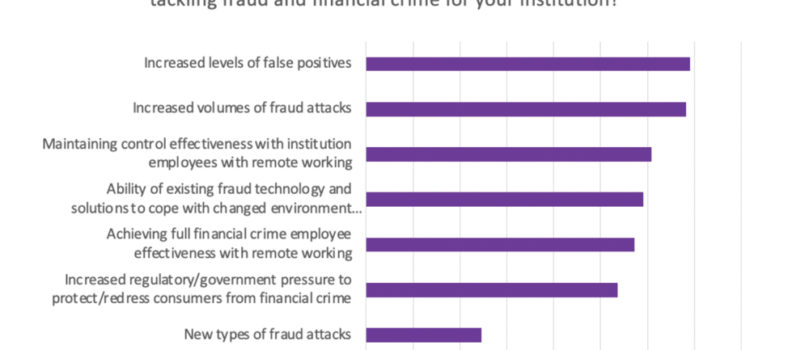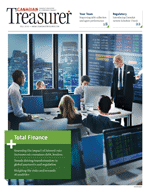Canada is leading the way to becoming the most cashless country in the world
Canada has been named the country most likely to banish the banknote in exchange for electronic payments. Hong Kong is the world’s second most cashless economy, followed by Singapore. European countries account for seven of the 15 most cashless economies, with the United Kingdom ranking 11th.
The full research by money.co.uk can be found in the Cashless Countries report here: https://www.money.co.uk/credit-cards/cashless-countries
The world’s most cashless economies have been revealed in a new report by the credit card experts at money.co.uk.
The report has analyzed the following five factors to reveal which countries use the most cashless and contact-free payment methods:
• % of population (aged 15+) with a credit card
• % of population (aged 15+) with a debit card
• Number of ATMs per 100,000 adults
• Contactless payment limit
• Number of major e-wallet operators available
Using a weighted ranking system, the study then assigned a score to each country in the index, revealing the most cashless countries in the world.
Country Cashless Score /100
1. Canada 79.1
2. Hong Kong 76.8
3. Singapore 76.2
4. New Zealand 75.0
5. Japan 74.1
6. Australia 72.3
7. Norway 72.2
8. United Arab Emirates 72.1
9. Switzerland 70.9
10. Finland 70.0
11. United Kingdom 68.1
12. China 66.0
13. Sweden 64.9
14. Denmark 64.6
15. The Netherlands 64.1
Canada is the world’s most cashless economy. Leading the way with cashless payments, the latest World Bank data shows 83% of the population (aged 15+) own a credit card — the highest usage in the world.
Canada also has the highest contactless payment limit in the world at $250 CAD (£147~).
Hong Kong takes second place, with the latest figures showing that 4 in 5 (83%) of Hong Kong’s citizens (aged 15+) own a debit card and 4 major e-wallets are in operation — Apple Pay, Google Pay, Samsung Pay and Alipay.
Commenting on the results of the Cashless Countries report, James Andrews, senior personal finance expert at money.co.uk, explains how the pandemic may have changed the way we use money forever:
“Even prior to the Coronavirus pandemic, we were beginning to see a global shift away from paper money towards electronic payments. However, the Coronavirus pandemic has undoubtedly accelerated this.
“In the past 12 months, we’ve witnessed more than 40 countries increase the limits for contactless payments and in the UK the Government has placed emphasis on using contactless methods of payment where possible.
“The move away from banknotes and coins towards plastic payments and e-wallets presents many advantages. Cashless payments will allow for quick and easy transactions when international travel fully resumes, and the creation of digital paper trails could help reduce tax fraud and money laundering.
“From the retailers’ side, it means less time spent sorting out a float at the start of the day, quicker transactions and fewer trips to deposit takings in the bank — as well as less risk from theft.
“However, as with many technological advancements there is some concern that the change could leave vulnerable individuals behind. As things stand, shops are also well within their rights to refuse cash payments in the UK if they choose to go fully cashless – potentially excluding people unwilling or unable to pay with a card or smart device.
“That means any move towards a fully cashless economy will need to be met with infrastructural changes, as well as potentially legislative ones, to ensure every individual within a society has what they need in order to pay for essential goods and services.”
How they were scored
We scored each of the following five factors out of 20 to give each country a score out of 100. We used these scores to determine the most cashless countries in the world.
• % of population (aged 15+) with a credit card: World Bank
• % of population (aged 15+) with a debit card: World Bank
• Number of ATMs per 100,000 adults: World Bank
• Contactless payment limit
• Number of major e-wallet operators available: Apple Pay, Google Pay, Samsung Pay, M-Pesa, Alipay
We only analyzed the countries which had reported the % of the population with a credit and debit card in the latest World Bank data collection.
For ATM data, where the latest data was not available for 2019, we used the last reported information.
Contactless payment limits were converted from the local currency to GBP on 14/05/2021. A full list of sources can be found on the Cashless Countries report page.
Find the full research by money.co.uk here: https://www.money.co.uk/credit-cards/cashless-countries




